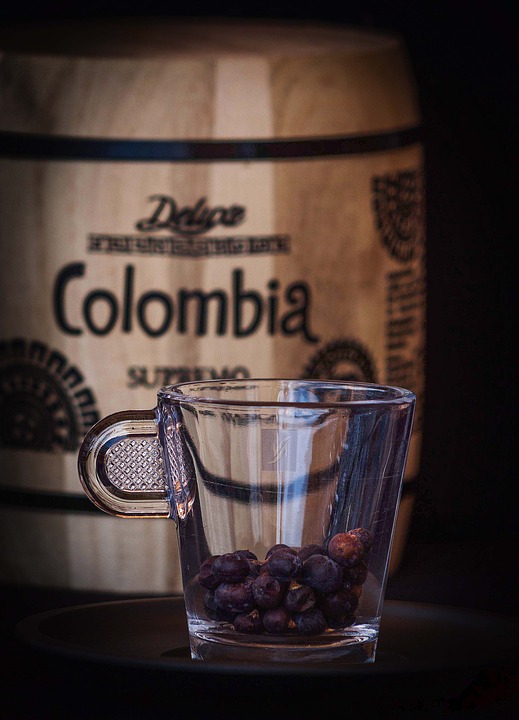Grab yourself a cup of Colombian coffee. We have a ton of selections for you to choose from, all roasted at different levels from our menu. Here are some interesting tidbits about Colombian coffee:
Where Does It Come From?
Jesuit Priest José Gumilla first wrote about the discovery of Colombian coffee in his 1730 work, The Orinoco Illustrated, where he noted the presence of this coffee near the Meta and Orinoco Rivers along the borders of Colombia and Venezuela in South America. However, it wasn’t until 1790 that Colombia’s official cultivation of the coffee plant began.
What’s So Special about Colombian Coffee?
According to an article by Bryanna Plog, park ranger and author of Misspelled Paradise: A Year in the Reinvented Colombia, there are legitimate reasons for why we think Colombian coffee is so special. But the number one reason? Its perfect geographic location near volcanoes. Plog states that coffee grows best in volcanic soil between the elevations of 4,000 and 6,000 feet. And as Shawn Steinman, Ph.D of Daily Coffee News states, the coffee has a different taste at a higher altitude because of change in temperature.
Coffee as an Industry
In the early 1800s, the coffee industry took off in the Santander, North Santander, Cundinamarca, Antioquia, and Caldas departments. These departments in Colombia are comprised of municipality groups. Currently, there are 32 departments and the District Capital, Bogatá that make up Colombia. The country prides itself on its long-standing reputation of high-quality bean production, as the industry produces 11.5 million bags of coffee annually, making it the third largest producer in the world. And because a majority of the industry workers harvest the coffee plant by hand, it results in a higher-quality product, according to the University of Pennsylvania.
Colombia has the best climate for growing coffee plants and beans, leading to its distinct, rich flavor. However, the effects of climate change have caused the industry to decline in the past decade from 12 million bags of coffee in 2006 to 9 million in 2010. With the increase in temperature and precipitation, Colombian coffee’s normal growth rate is disrupted.
But no matter which kind of Colombian coffee you try, we always have many selections available on our menu. One sip, and you’ll remember why you love Key West.



